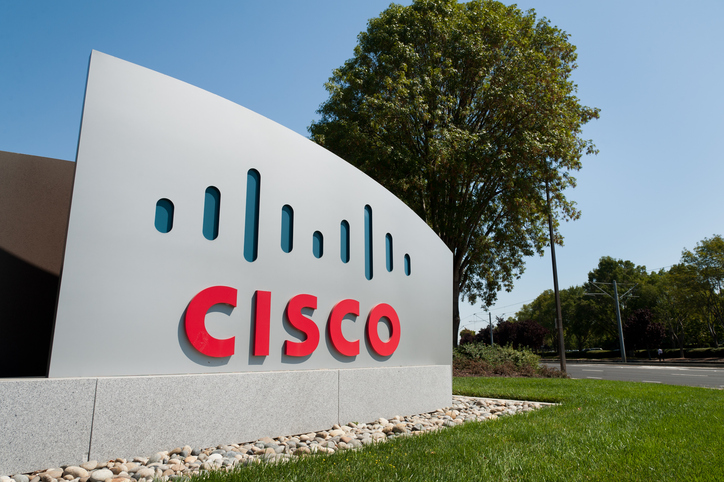There are many security software offerings available that focus on particular threats or points of information exchange. Firewalls, for example, monitor information passing between an organisation’s infrastructure and the Internet, while email security systems scan messages for spam and malware.
Driven by the high price that is available for the right personal or corporate information, however, hackers have adopted a multichannel approach to cybercrime. For example, a typical threat today might involve an email containing a link to a website that installs a Trojan that seeks to steal bank account details.
Websense is a security vendor that sells security tools in three areas: web security, messaging and data loss prevention. According to product director Mark Murtagh, the deep integration between its product set offers customers some of the most sophisticated protection available against multichannel attacks.
“The convergence of web and email threats has driven us to deliver a more joined-up approach,” says Murtagh. It is this approach that Websense profiled in its winning submission for the Security Innovation Award.
The integrating of security tools is of particular use when addressing the challenges posed by Web 2.0, says Murtagh, a growing concern for many businesses. “Companies are wondering how to take advantage of Web 2.0, but they are concerned about the inbound viral and intellectual property risks,” he says.
A combination of web security and DLP technology can ensure that any data an employee may download from, for example, a social networking site does not contain viruses, while making sure data uploaded by the employee does not contain customer information or intellectual property.
Were these two not properly integrated, the DLP component would not know that the site in question was a social network rather than, say, an online CRM application, into which an employee might well upload confidential information. “Most other products can’t tell the difference between Salesforce.com and Facebook,” says Murtagh.
Murtagh adds that beyond the integration of its tools, which it now offers together in a single appliance, the company’s ‘joined-up approach’ is also reflected in its research effort, which tracks both web- and email-borne security threats. That helps it identify threats faster, Murtagh says, than pure-play anti-virus software vendors.
Runner-up – Unity Enterprise Solutions
Unity Enterprise Solutions took the runner-up place in the Security Innovation Award with its Laxoma product, a tool for monitoring IT workers to prevent malicious or accidental threats from within the IT department.
Laxoma works by keeping a video record of the activity of IT staff. In the event of a data breach, the activities of relevant employees can be traced back, providing both a safeguard and a deterrent.
Other award categories
Information Management Innovation Award
Winner – Hitachi Data Systems
Runner-up – Optier
Green IT Innovation award
Winner – Keysource
Runner-up – Digital Realty Trust
Data Centre Innovation Award
Winner – Digital Realty Trust
Runner-up – Telecity
Business Applications Innovation Award
Winner – BravoSolution
Runner-up – Platform Computing










